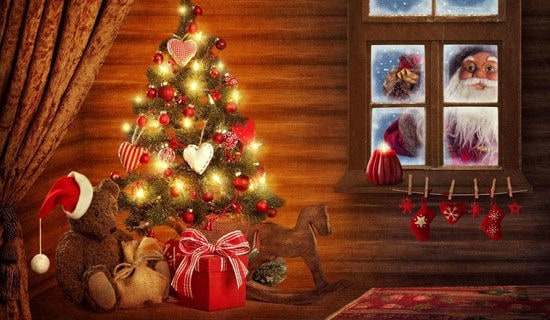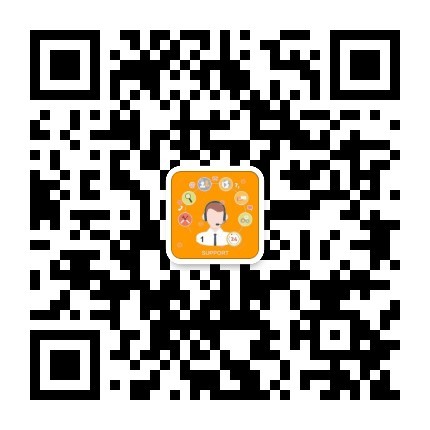雅思聽力背景知識(shí)補(bǔ)充之圣誕樹的來歷
雅思聽力考試中的日常生活部分經(jīng)常會(huì)用到各種各樣的節(jié)日,圣誕節(jié)就是不得不提到的一個(gè)。因?yàn)檫@是西方世界里面最大的'節(jié)日了,圣誕節(jié)中最重要的道具圣誕樹就顯得特別的重要,那么你知道圣誕樹的來歷嗎?小編為大家整理了相關(guān)的資料,希望大家在慶祝圣誕的過程中了解這些雅思聽力背景材料。

Legend suggests that, in the late 16th century, Martin Luther was the first to decorate an indoor tree with candles when he attempted to recreate the stars shining over a forest of evergreens.
The first mention of decorated trees being taken indoors came in 1605 in Germany - a country with a long Christmas tree history! The trees were initially decorated with fruit and sweets together with hand made objects such as quilled snowflakes and stars. German Christmas Markets began to sell shaped gingerbreads and wax ornaments which people bought as souvenirs of the fair and took home to hang on their tree.
Tinsel was also invented in Germany in about 1610. Up until fairly recently real silver was used, which was pulled into wafer thin strips by special machines. This was durable but tarnished quickly and many experiments took place to try and find an alternative - including a mix of lead and tin, which was too heavy and kept breaking. It was only in the mid 20th century that a viable alternative was found.
【雅思聽力背景知識(shí)補(bǔ)充之圣誕樹的來歷】相關(guān)文章:
雅思聽力之量的把握01-30
2017雅思聽力常考背景詞匯08-16
雅思聽力之評(píng)分標(biāo)準(zhǔn)11-25
托福雅思之閱讀聽力評(píng)分標(biāo)準(zhǔn)08-30
關(guān)于雅思聽力之?dāng)?shù)字全攻略推薦11-18
雅思聽力攻略場景講解之租房場景02-25
雅思的聽力技巧10-13
雅思聽力旅游場景聽力03-21
雅思聽力筆記03-06






